Basic HTML Version

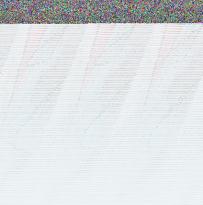
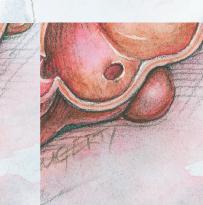


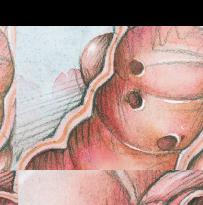
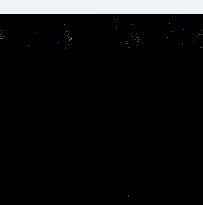

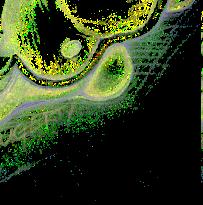
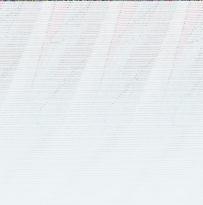
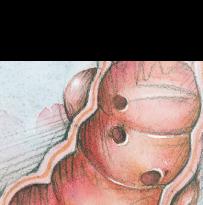
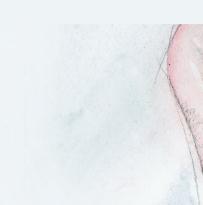
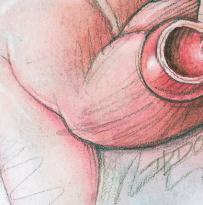
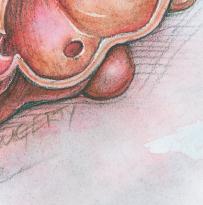

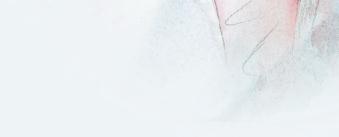

IF YOU KNOW someone older than 60, you
probably know someone with diverticulosis.
About half of the people in this age group have
it. Some younger people do too.
“In many cases, people with diverticulosis
will not have any symptoms and may never
require any treatment,” says Colin MacColl,
MD, surgeon at Oregon Bariatric Center.
“However, pain can develop in others, as well
as bloating, and sometimes symptoms can be
very serious or even life-threatening.”
Diverticula, defined
Diverticula are small sacs that develop in
the lining of the colon, also called the large
intestine. They form when spots in the wall
of the colon become weak and bulge out. In
many cases, these sacs cause no problem.
Sometimes, however, they become inflamed or
infected.
Why do diverticula form?
Medical experts aren’t sure. One theory
is the lack of fiber in diets of people in
industrialized countries. Diverticulosis is rare
in Asia and Africa, where high-fiber diets are
common.
One of the side effects of a low-fiber diet
is constipation, which can cause people to
strain as they try to pass hard stool. That stress
may weaken the colon and set the stage for
diverticula.
What is diverticular disease?
Diverticular disease is the umbrella term for
two conditions: Diverticulosis and diverticulitis.
The suffix
-osis
means condition. Many people
with diverticulosis often don’t have symptoms
and don’t need treatment. Others might feel
cramps, pain in the lower abdomen, bloating
or constipation. The suffix
-itis
suggests
inflammation, and that’s what diverticulitis is:
an inflammation of the diverticula. Abdominal
pain is the most common symptom. Sometimes
it’s severe and sudden. But it can be mild and
gradual pain, too.
Complications of diverticulitis might
Problems
in the colon
Small sacs, called diverticula, can
form in the lining of the colon.
They often don't cause any
problems. But sometimes they
become infected or inflamed.
include:
■■■■■
Bleeding
■■■■■
Small tears, called perforations
■■■■■
Blockages
■■■■■
Infections
■■■■■
Leakage from the colon into the abdomen,
which can be life-threatening
How is it treated?
When diverticular disease does cause
problems, treatment often involves:
■■■■■
Receiving oral or intravenous antibiotics to
clear up infections and taking pain medication
■■■■■
Not eating at all or following a liquid diet for
a while, so the colon can rest
■■■■■
Slowly adding more fiber to the diet,
including whole grains, fruits and vegetables
■■■■■
In severe cases, being admitted to the
hospital or having surgery
Acute attacks of diverticulitis require
emergency care—they can be life-threatening.
Colon
Diverticula
Coffey infographic with information
from the National Institutes of Health
Also see your doctor for more subtle symptoms,
such as:
■■■■■
Tenderness in the abdomen, especially on
the left side
■■■■■
Fever, cramping, nausea or bloating
■■■■■
Bleeding from the rectum, even in small
amounts and even if temporary
Once they’ve formed, diverticula don’t go
away. But eating a high-fiber diet may keep
new sacs from forming or keep the existing
sacs from becoming inflamed.
Sources: American College of Gastroenterology; National Institutes
of Health
Scan this QR code to learn
more about diverticulitis,
or join us for a free seminar
from 6:30 to 8 p.m. on
Tuesday, Oct. 23. To
register for the seminar,
visit
www.peacehealth.org/gastrooregon
or call
541-222-3209
.
Gut
reaction
Understanding diverticulosis
and diverticulitis
www.peacehealth.org
7

